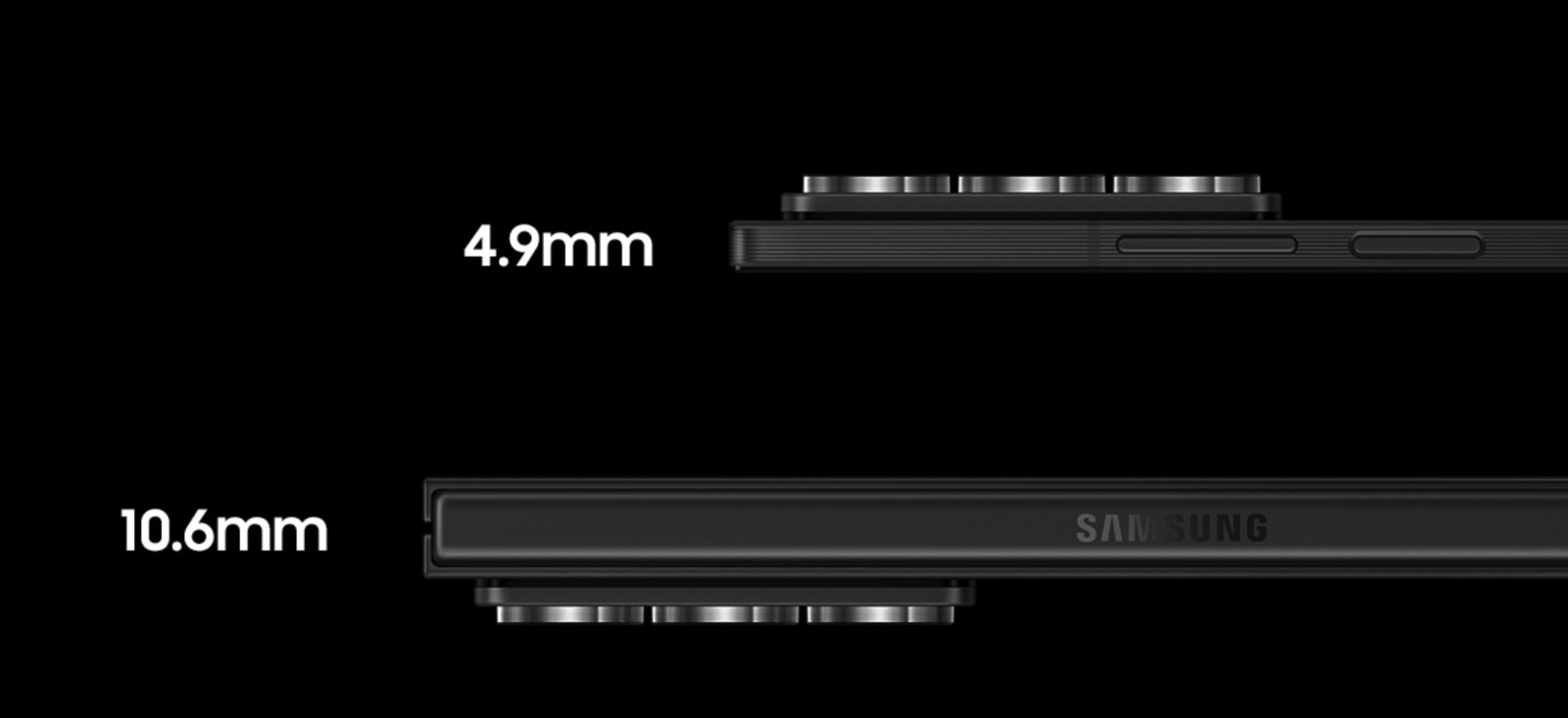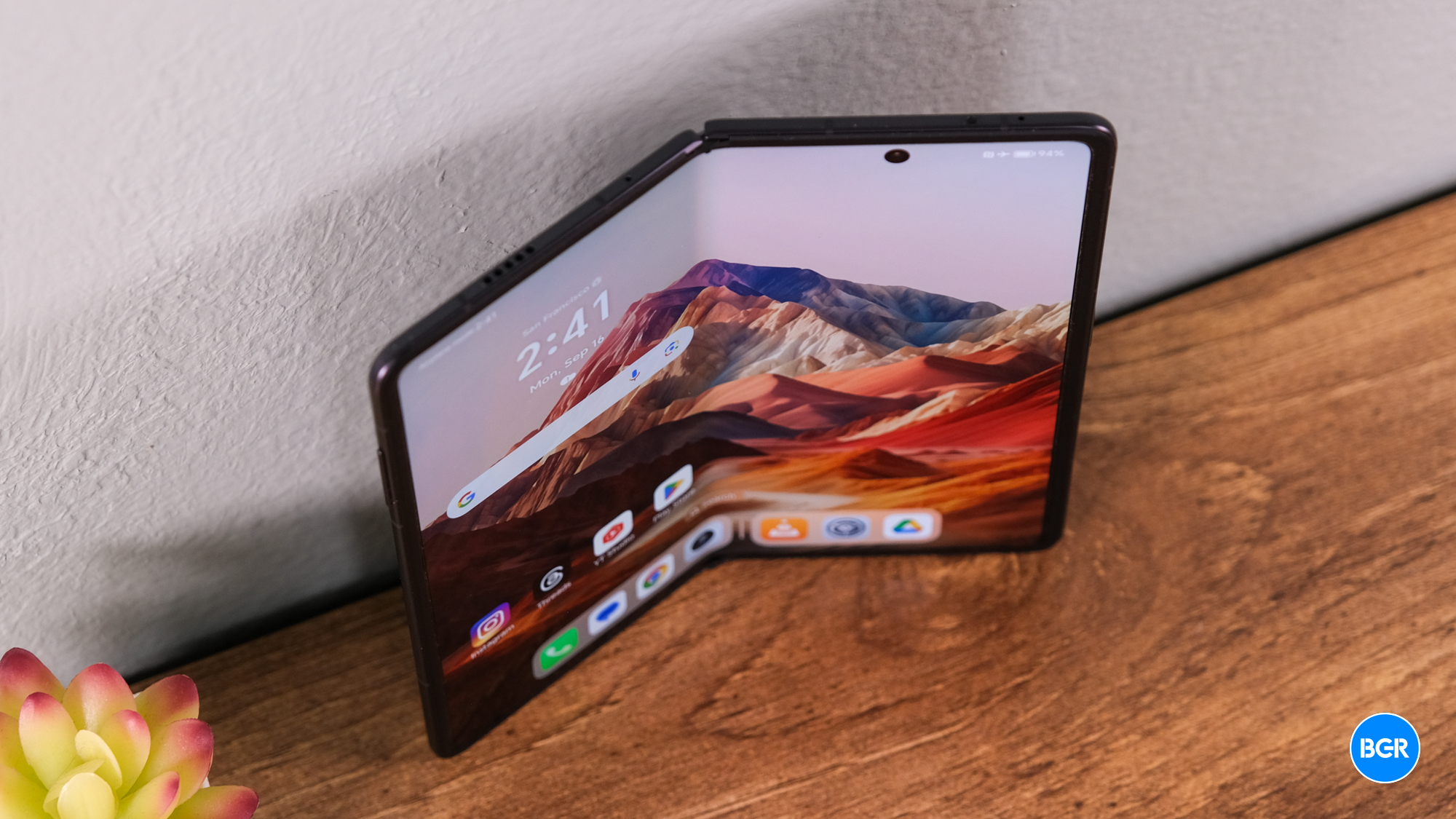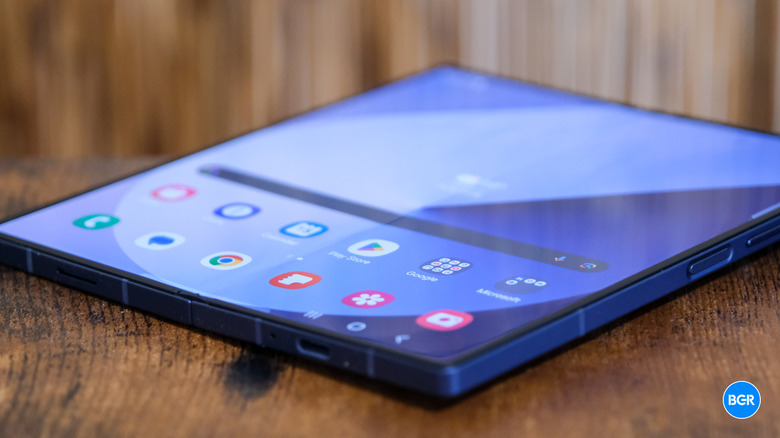Why Samsung Fans Should Be Excited For Next Year's Galaxy Z Fold 7
I can't blame you if you like the Galaxy Z Fold Special Edition foldable that Samsung launched in Korea earlier this week. It's thinner and lighter than the Galaxy Z Fold 6, and it offers a specs bump over its predecessor. Specifically, you get two slightly larger displays, 16GB of RAM, 512GB of storage, and a 200-megapixel main camera.
You also have to pay $2,000 for that package, and the foldable is only available in Korea for now. China might be the only other market that gets the new phone.
Now that Samsung has shown the world it can produce a foldable that's much thinner than anything it manufactured before, it can't go back to thicker folding gadgets. That's why Samsung fans should be so excited right now The Galaxy Z Fold 7 will have to be as thin as the Galaxy Z Fold Special Edition, if not even thinner. And it'll have to drop in price too.
For years, Samsung stuck to the same basic Z Fold design, choosing to refine the foldable incrementally over the years. That's not a bad approach, and I say that as a longtime iPhone user who is more than accustomed to Apple's way of updating the iPhone design from year to year.

But Samsung wants to be seen as the main innovator in the foldable space. When rivals like Honor produce incredibly thin foldable phones, like the Magic V2 and Magic V3, the world sees that Samsung can't match those designs.
Remember that the only reason the Galaxy Z Fold 6 has a large cover screen is that Chinese vendors did it first. Samsung could have easily been the first to reach that milestone.
The Galaxy Z Fold Special Edition is a step in the right direction. It's not as thin as the Magic V3 (4.9mm vs. 4.4mm when unfolded), yes. But it shows that Samsung can deliver when under pressure. I'd also argue that the Fold 6 is thin enough, with its 5.6mm profile (unfolded). Yet that's not even close to what Honor and Xiaomi are doing.
Samsung is selling the Special Edition foldable as a "thank you to our customers for loving the Galaxy foldable." As I said earlier, this is more of a statement that Samsung can make thinner foldables. But this "thank you" also puts pressure on Samsung for next year.
I can't see how next year's Galaxy Z Fold 7 can maintain the thickness of the Fold 6, assuming Samsung will choose to go down this route. If that were to happen, it would tell the world that the world's largest phone and foldable phone vendor can't really keep up with rivals, that the Special Edition was a massive effort, and that Samsung can't really mass-produce the device for a worldwide release.

On that note, I also don't think the Honor Magic V4 can get any thinner. There are durability and battery concerns at play. While I can't see Honor making the V4 thicker than its predecessor, I can see Honor mocking Samsung for a thick Fold 7 design. It happened this year with the Fold 6 when Honor called out Samsung for its thick foldables. It's usually Samsung that makes fun of rivals, especially Apple.
Samsung does have a potential excuse for making a thicker Fold 7 next year: the S Pen. The Galaxy Z Fold SE lacks stylus support, as Samsung made that display as thin as possible. That meant dropping support for the S Pen. But maybe that's a sacrifice worth considering for the Fold 7.
The Galaxy Z Fold 7 price has to match the Fold 6 or be even better. That's regardless of whether Samsung uses the Fold SE design or recycles the Fold 6 for another go. Foldable sales aren't getting any better for Samsung. And remember that Samsung increased the Fold 6's price compared to its predecessor.
I'll also say that Flip-type phones should get thinner, but we'll cross that bridge when we get there. And it's not just about foldables. The iPhone 16 Plus I just bought is thinner than the Pros, but it feels too bulky. I can't wait to see Apple release that ultra-thin iPhone 17 Air that keeps appearing in rumors.
